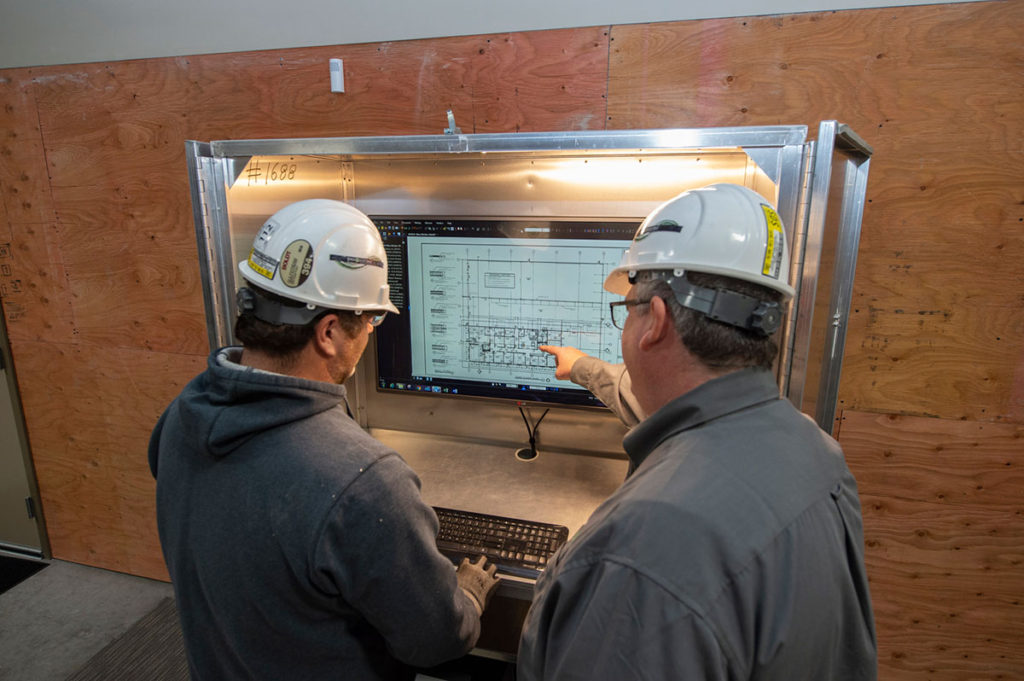When setting up AV installations, the criticality of wiring and connectivity cannot be overstated. Proper wiring does more than just supports that sound and image quality are maintained but also guarantees the stability of the entire system. In any AV setup, whether for a school, office, or residential cinema, streamlining the wiring can lead to better performance and fewer technical glitches. This article will explore key strategies for improving cable management and connectivity in AV systems.
The first step in optimizing media setups is to determine the correct cables for the job. Different types of cables perform specific purposes, so choosing reliable ones is crucial. For example, HDMI cables are widely used for delivering high-definition video and sound signals. In contrast, balanced audio cables like XLR can reduce distortion in sound systems. It is critical to evaluate the distance and quality of these cables, as longer cables can cause signal loss. By investing in high-quality cables that suit the specific needs of the AV design, users can greatly enhance total performance.

Another essential strategy is organizing the wiring strategically. A well-organized wiring system not only seems neater but also supports functionality. Using cable management accessories like clips, ties, or sleeves can aid maintain wires orderly and prevent tangling. This layout also makes it more efficient to resolve any issues that may occur. Labeling each cable according to its purpose or source can minimize time during setups or servicing. A clear layout helps technicians efficiently track connections, which is especially beneficial in large-scale systems with multiple devices.
Additionally, analyzing the configuration of the room is vital for enhancing AV performance. The positioning of devices can affect how signals travel through cables. Positioning devices too far apart may call for longer cables or signal boosters, which can be costly and degrade quality. It is advantageous to plan the layout of equipment thoughtfully, taking into account the distance between devices and potential barriers such as walls or furniture. This optimized placement can minimize issues related to signal loss and strengthen signal integrity throughout the AV system.
Scheduled maintenance checks are another key strategy for maintaining reliable performance of AV infrastructure and connectivity. Over time, cables may become worn due to movement or aging. Regularly inspecting all connections helps catch potential problems before they escalate into major issues. Swapping out aged cables and cleaning connectors can restore signal quality and guarantee the system functions smoothly. Maintaining a schedule for routine Web Site maintenance can help users manage this aspect of their AV systems.
Finally, remaining aware about modern technologies and protocols is crucial for anyone involved in AV systems. The field is consistently advancing with advancements in technology that can enhance connectivity and performance. Joining training sessions, reviewing industry resources, or joining professional associations can offer insightful information into best practices and up-to-date technologies currently offered. By embracing these advancements and adapting them to current systems, users can upgrade their AV solutions on an ongoing basis while maintaining they remain updated with industry trends.
In closing, optimizing wiring and signal management in AV solutions requires thoughtful choice of cables, organized management, strategic space design planning, scheduled maintenance checks, and staying updated on emerging technologies. By applying these methods, users can attain enhanced functionality and stability visit this web-site in their AV setups, ultimately resulting in a more seamless experience for everyone involved.
Comments on “Crucial Approaches for Improving Wiring and Interconnectivity in AV Configurations”